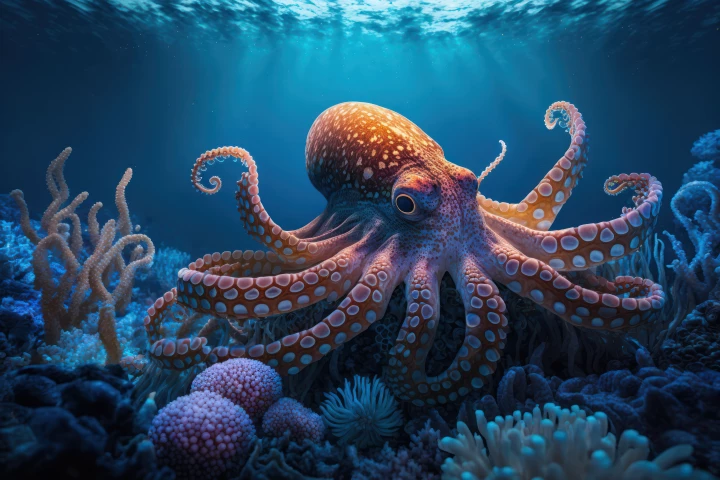Max Planck Institute
-
Black holes are famous for gobbling up everything – but could they ever be swallowed whole? A new study suggests stars could capture very small black holes. There might even be a way to find them, and if so, they could help us understand dark matter.
-
An international team of IT security experts, led by the Max Planck Institute for Security and Privacy (MPI-SP) and Ruhr University Bochum, have developed a way of using radio signals to verify the location of nuclear weapon stockpiles.
-
Heart tissue normally can't regenerate after an injury. But now, scientists at Max Planck have shown in mice that reprogramming the energy metabolism of the heart allows it to regenerate after a heart attack, which could open new therapies.
-
Ötzi the Iceman is one of the most well-studied individuals in human history, but there always seems to be more to learn about him. A new genomic study has now found that he looked very different from the way previous studies had imagined him.
-
Round pills are easier to swallow, but that doesn’t offer much control in how they release their drug payload. Max Planck scientists have now developed a model for designing complex 3D-printable pill shapes that release drugs in a specific way.
-
Anthropologists have assembled the most complete Stone Age family tree, spanning 7 generations. Genetic studies of the remains of dozens of people in a burial site in France reveal some surprising insights into family and social dynamics of the time.
-
It sounds like a disaster movie: scientists recently revived worms frozen in the permafrost since the Ice Age. Now, these worms have been attributed to a new species, and seem to have passed down their incredible hibernation genes to modern relatives.
-
Radio telescopes are picking up strange signals from an intelligent lifeform – ourselves. A new study has shown that satellite constellations like SpaceX’s Starlink swarm are unintentionally leaking signals that can interfere with vital observations.
-
Scientists have speculated about the cognitive and dreaming abilities of the octopus. This study is a step closer in understanding their complex behavior. As does a study on cuttlefish from the same team, showing their color shifting like never before.
-
A gene called MYC is implicated in the majority of cancers, but unfortunately it’s often considered “undruggable.” In a new study scientists have developed a molecule that chops up the RNA of this gene, effectively clearing cancer in mice.
-
Scientists have reconstructed the genomes of microbes from the Stone Age, and used them to produce new molecules. The complex puzzle was pieced together from DNA fragments of bacteria on the teeth of ancient humans and Neanderthals.
-
For some people, wandering around a gallery to ponder over a Picasso, revel in a Rembrandt, or find meaning in a Magritte can boost their mood and improve their well-being. But is the same true for viewing art online? New research says that it is.
Load More











